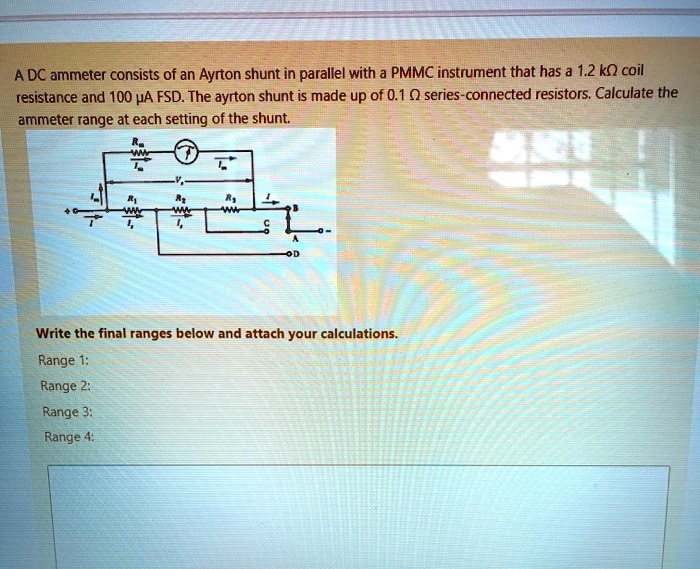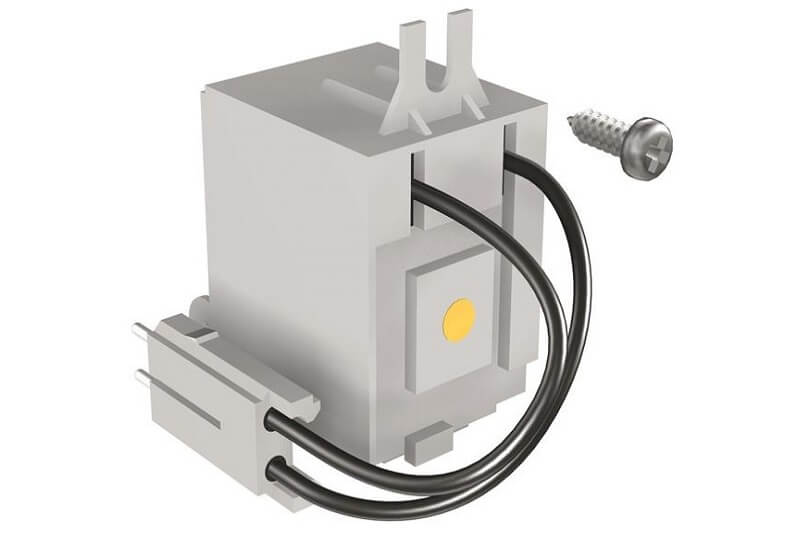Understanding Shunts: Surgical Interventions to Redirect Blood Flow
Shunts come in different variations, each designed to serve a specific purpose:

Image: www.numerade.com
A. Arteriovenous (AV) Shunt:
An AV shunt creates a direct connection between an artery and a vein, facilitating the flow of oxygenated blood into a vein.
Applications:
– Facilitating hemodialysis procedures in patients with chronic kidney failure
– Enhancing blood flow in limbs affected by vascular disease or trauma
B. Venous-Venous (VV) Shunt:
In a VV shunt, a connection is established between two veins, allowing blood to bypass a specific organ or vascular segment.
Applications:
– Decompressing the portal venous system in patients with portal hypertension
– Redirecting blood flow in cases of deep vein thrombosis or vena cava obstruction
C. Ventriculoperitoneal (VP) Shunt:
A VP shunt is a surgical intervention that establishes a pathway between a brain ventricle and the peritoneal cavity.
Applications:
– Draining excess cerebrospinal fluid (CSF) in individuals with hydrocephalus, a condition characterized by excessive accumulation of CSF in the brain
D. Pleuroperitoneal Shunt (PPS):
A PPS redirects fluid from the pleural cavity (the space surrounding the lungs) into the peritoneal cavity.
Applications:
– Treating pleural effusions (abnormal fluid buildup in the pleural cavity) caused by conditions such as congestive heart failure or cirrhosis

Image: www.electricalterminology.com
Applications of Shunts: Therapeutic Interventions for a Range of Conditions
Shunts have proven to be invaluable in managing a broad spectrum of medical conditions, impacting patients across different age groups and backgrounds. Some of the key applications of shunts include:
A. Hemodialysis:
AV shunts provide a lifeline for patients undergoing hemodialysis, a life-sustaining treatment that filters waste products from the blood in individuals with kidney failure.
B. Vascular Insufficiency:
Shunts can restore blood flow to limbs compromised by arterial occlusions or stenosis, preventing tissue damage, limb loss, and improving overall limb function.
C. Portal Hypertension:
VV shunts effectively reduce pressure in the portal venous system, alleviating symptoms of portal hypertension and preventing severe complications such as esophageal varices and ascites.
D. Hydrocephalus:
VP shunts offer a crucial treatment option for hydrocephalus, diverting excess CSF away from the brain and reducing intracranial pressure, thereby safeguarding neurological health and preventing debilitating symptoms.
E. Pleural Effusions:
PPS plays a vital role in managing pleural effusions, preventing respiratory distress and improving lung function by draining excess fluid from the pleural cavity.
Technological Advancements and Future Directions in Shunt Development
Technological advancements continue to drive innovations in shunt design and surgical techniques, with the ultimate goal of improving outcomes and patient quality of life. Key areas of focus include:
A. Biocompatible Materials:
Research efforts are ongoing to develop biocompatible materials that minimize the risk of infection and improve the long-term durability of shunts.
B. Minimally Invasive Techniques:
Minimally invasive surgical approaches for shunt placement are being explored, reducing patient trauma, recovery time, and post-operative discomfort.
C. Self-Regulating Shunts:
The development of self-regulating shunts holds the promise of automated adjustment of blood flow, potentially reducing the need for frequent medical interventions and improving long-term outcomes.
What Is Shunt Write Its Two Uses
Conclusion
Shunts represent a testament to the ingenuity and effectiveness of modern medicine. Their ability to strategically reroute blood flow has revolutionized the treatment of a wide range of medical conditions, improving patient outcomes and quality of life. As research and innovation continue to push the boundaries of shunt technology, the future holds even greater promise for managing and alleviating a spectrum of circulatory and neurological disorders.